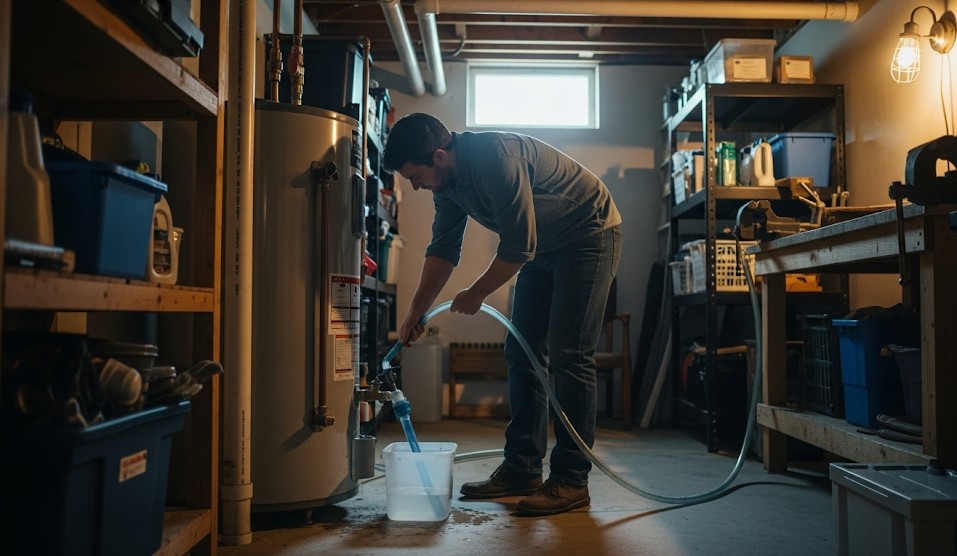Finding Water in a City During Emergencies

Objective
Identify, collect, and treat water in an urban environment without creating new hazards.
Sources (Ranked)
- Hot water tanks (120–200 L) — shut power/gas before drawing.
- Toilet tanks (not bowls) — treat before use.
- Building maintenance rooms (flush lines first).
- Commercial ice machines and bottled water in offices.
- Rain catchment from clean roofs and awnings.
Collection & Treatment
- Use clean containers; avoid chemical storage bottles.
- Filter (cloth → 0.1 μm) then boil or chemically treat.
- Disinfect container threads and caps to prevent re‑contamination.
Transport
- Collapsible 10–20 L bags; backpack carry; cart if available.
- Label raw vs. treated water clearly.
Real Example
Apartment residents filled tubs early and rotated water from the building boiler, treating it before drinking. A stairwell cart moved 40 L per run safely.
Checklist
- Collapsible containers, trash bags, tape
- Filter + chemical tablets
- Marker to label “RAW/TREATED”
Contingencies
- Contaminated mains → avoid tap; rely on stored rain/boiler/ice.
- No heat → chemical treatment + UV if available.
After‑Action
Replenish tablets and keep two dedicated water containers per household member.
← Previous | All Articles | Next →
